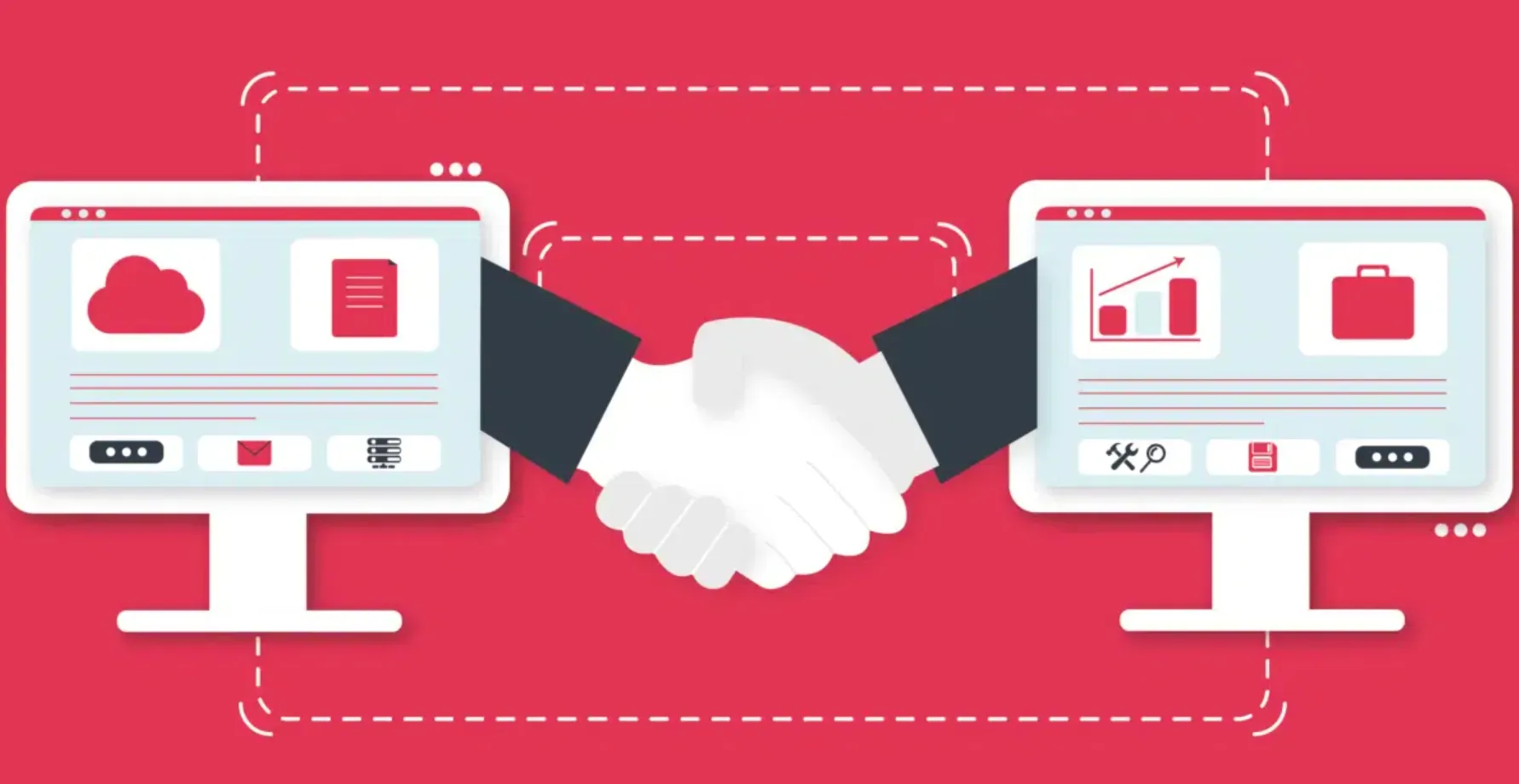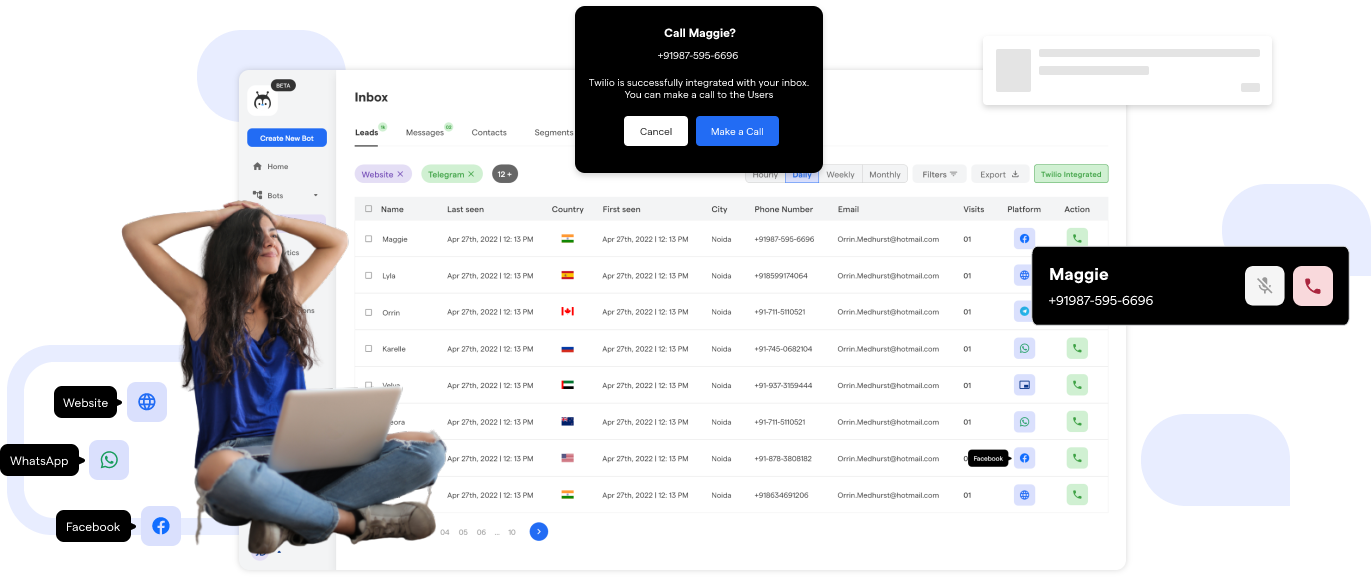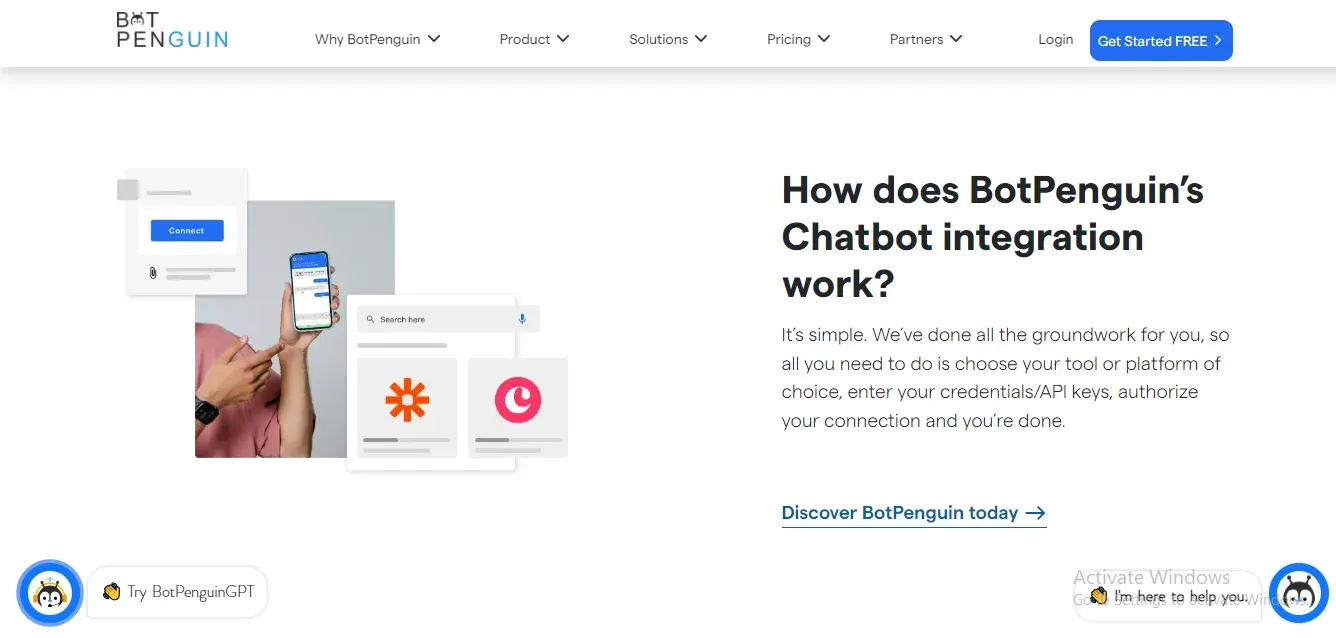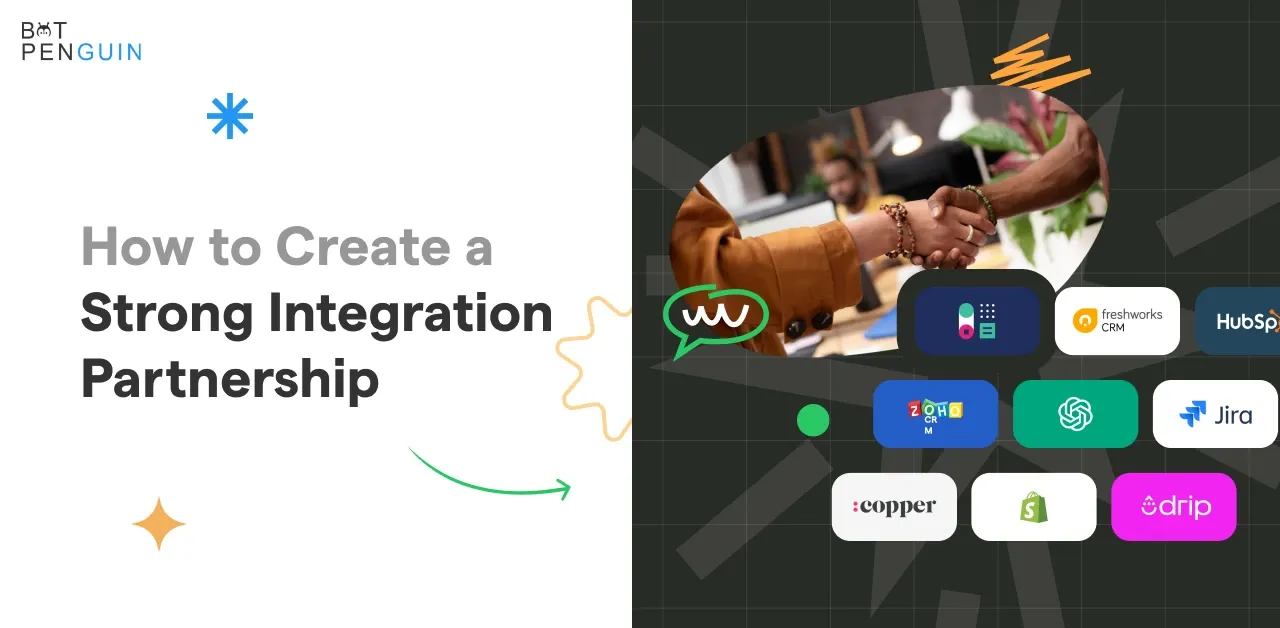A strong integration partnership helps business to a new heights by reaching new customers and expanding into new markets.
Did you know that a whopping 70% of companies believe integration partnerships are crucial for their growth and increased profits? The formula is clear - thoughtfully crafted partnerships powered by robust integration capabilities provide the spark for innovation and growth.
Top alliances carefully align around strategy and culture first before embarking on integration. They develop clear governance models defining responsibilities between technical teams and business leadership.
If you want to have a strong integration partnership for your business, then you need to have proper knowledge about it. So, continue reading to know how to create a strong integration partnership.
Let's dive in to explore some of the best ways to build a strong integration partnership!
What are Integration Partnerships?
In the business world, Integration Partnerships bring together two companies to collaborate and achieve mutual goals.
Whether it's sharing expertise, resources, or product integration, these partnerships are all about synergy and boosting each other's strengths.
This allows clients to use the products or services together seamlessly without having to manually transfer data between them.

The Types of Integration Partnerships
Strategic Alliances: These are partnerships where two companies team up to tackle a common objective. It leverages each other's strengths and market presence.
Product or Service Integration: Think of this as the perfect fusion of flavors. Two companies combine their products or services to offer customers an even more appetizing solution.
Marketing Collaborations: It's time for a joint marketing feast! In these partnerships, companies join forces to create campaigns that benefit both parties and grab the attention of their target audiences.
Identifying Potential Integration Partners
Here are some tips on how to identify potential integration partners for building strong integration partnerships:
Defining Your Goals and Objectives
Clearly defined goals align all stakeholders. It guides critical partnership decisions during planning, development, and marketing of the joint solution. Define your business goals and what you want to achieve from the integration partnership.
Researching Potential Partners
Conduct thorough research to find potential partners who align with your objectives, like:
Industry Analysis: Dive deep into your industry's ocean to discover the players who can complement your strengths and weaknesses.
Competitor Analysis: Spy on your competitors but not to copy them. Find the gaps they haven't filled as it can be an opportunity for you and your potential partner.
Evaluating Partner Suitability
Evaluate potential partners to see if they fit the bill, like:
Complementary Products or Services: Look for companies whose offerings complement yours, enhancing the overall experience for customers.
Reputation and Trustworthiness: In a partnership, trust is the most important factor that holds everything together. Choose partners with a solid reputation and a track record of reliability.
Cultural Alignment: We're talking about shared values and beliefs! Partnerships with aligned cultures tend to be more harmonious and successful.
The Process of Building Integration Partnerships
The process of building integration partnerships can be broken down into the following ways:

Initiating the Partnership Conversation
Define what makes your collaboration special and communicate it effectively.
Now, it's time to pick up the phone or send that email. Reach out to your potential partner and let them know you're interested in working together.
Negotiating Terms and Agreements
Hammer out the details of your partnership agreement, like:
Defining Roles and Responsibilities: Clearly define who's responsible for what in the collaboration.
Setting Performance Metrics: Set clear metrics to track the success of your partnership.
Establishing Revenue Sharing Models: The dessert of any partnership—the revenue sharing. Decide how you'll divide the rewards of your joint efforts.
Developing a Strong Integration Partnership
Building a strong integration partnership is like creating a delicious dish with carefully chosen ingredients. To do this, you need to start by developing a solid foundation based on trust and rapport.

Building Trust and Rapport
Like any successful relationship, trust forms the cornerstone of a strong integration partnership. To build trust and rapport with your partner, follow this:
Honesty is the Best Policy: Be transparent about your company's strengths and weaknesses. Honesty and authenticity create a sense of reliability and foster a deeper connection between the partners.
Communication is Key: Establish open lines of communication from the start.
Effective Communication Strategies
One of the key steps for building a successful integration partnership is effective communication. Smooth and seamless communication helps in:
Regular Meetings and Check-ins: Schedule regular meetings to touch base with your partner. These meetings provide an opportunity to discuss ongoing projects, brainstorm new ideas, and address any concerns that may arise.
Utilizing Collaboration Tools: Embrace modern collaboration tools to stay connected. Project management software, shared workspaces, and communication platforms facilitate seamless collaboration, making it easier to coordinate efforts.
Collaborative Marketing Initiatives
In an Integration partnership, it's not just about two companies working together. It's about creating a harmonious symphony that attracts the audience. Collaborative marketing initiatives are the spotlight that showcases the partnership's strengths.
Co-branded Campaigns: Create joint marketing campaigns where both companies' logos and branding are prominently displayed. This not only expands your reach but also shows your customers that you are working together as a team.
Joint Webinars and Events: Hosting webinars or events together is like a duet performance. It allows both partners to share their expertise, engage their audience, and create excitement around the partnership.
Overcoming Challenges in Integration Partnership
Here are some of the most common challenges you might face while building strong integration partnerships:

Addressing Conflicts and Disagreements
Conflicts are a natural part of any collaboration. To address conflicts effectively, follow these:
Active Listening: Listen attentively to your partner's concerns without interrupting. Understanding their perspective is essential to finding common ground.
Finding Win-Win Solutions: Instead of approaching conflicts with a winner-takes-all mindset, aim to find solutions that benefit both parties. A collaborative approach strengthens the partnership.
Ensuring Data Security and Privacy
To build a strong integration partnership, you have to share sensitive information. To maintain trust and safeguard data, follow these:
Data Protection Policies: Clearly define data protection guidelines and policies. This ensures that both parties handle sensitive information responsibly
Secure Collaboration Platforms: Use trusted and secure platforms for file sharing and communication to protect sensitive data from unauthorized access. This will help you with building strong integration partnerships.
Managing Change and Adaptation
Partnerships, like dance routines, need to be adaptable to changes. To manage change and adaptation:
Flexibility is the Key: Be open to new ideas and be willing to adjust your strategies based on the evolving needs of the partnership and the market.
Learning from Setbacks: Mistakes are bound to happen. What matters is how you learn from them and use them as opportunities for growth and improvement.
Suggested Reading:
Unlocking New Possibilities: Role of Integration Partnership
Conclusion
In conclusion, some of the crucial steps for building a successful integration partnership start with trust, effective communication, and collaborative marketing initiatives.
McKinsey found that well-executed alliances boost revenue by 32% on average for participating businesses.
BotPenguin is the best integration partner because they offer a wide range of features, integrations, and support at an affordable price. Their chatbots can be seamlessly integrated with over 60 popular platforms and tools, making them easy to implement into your existing infrastructure.
BotPenguin chatbots are also highly customizable, so you can tailor them to match your specific business needs.
By following the methods to build a successful integration partnership given in this blog, you can increase your chances of success in building and managing integration partnerships.


